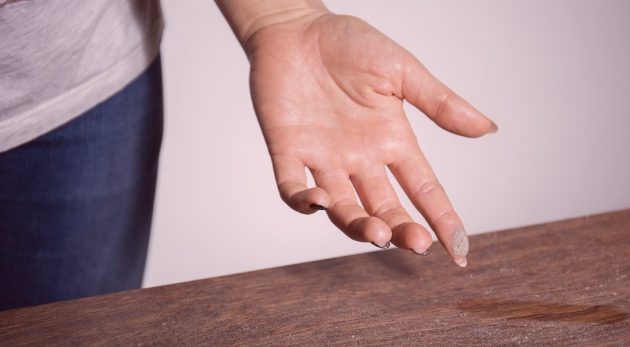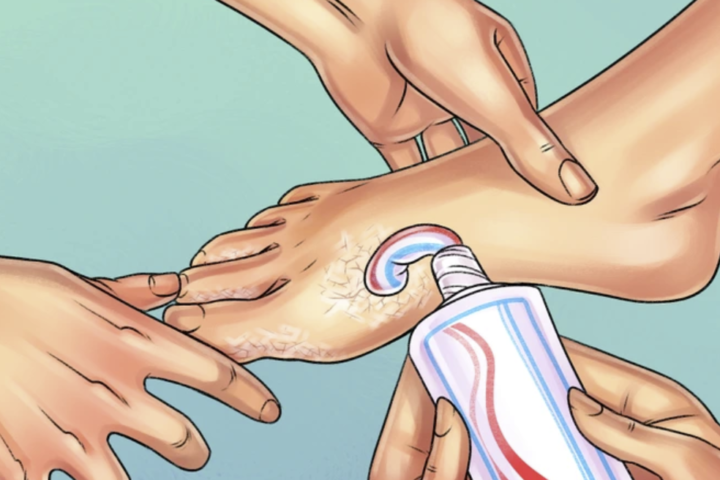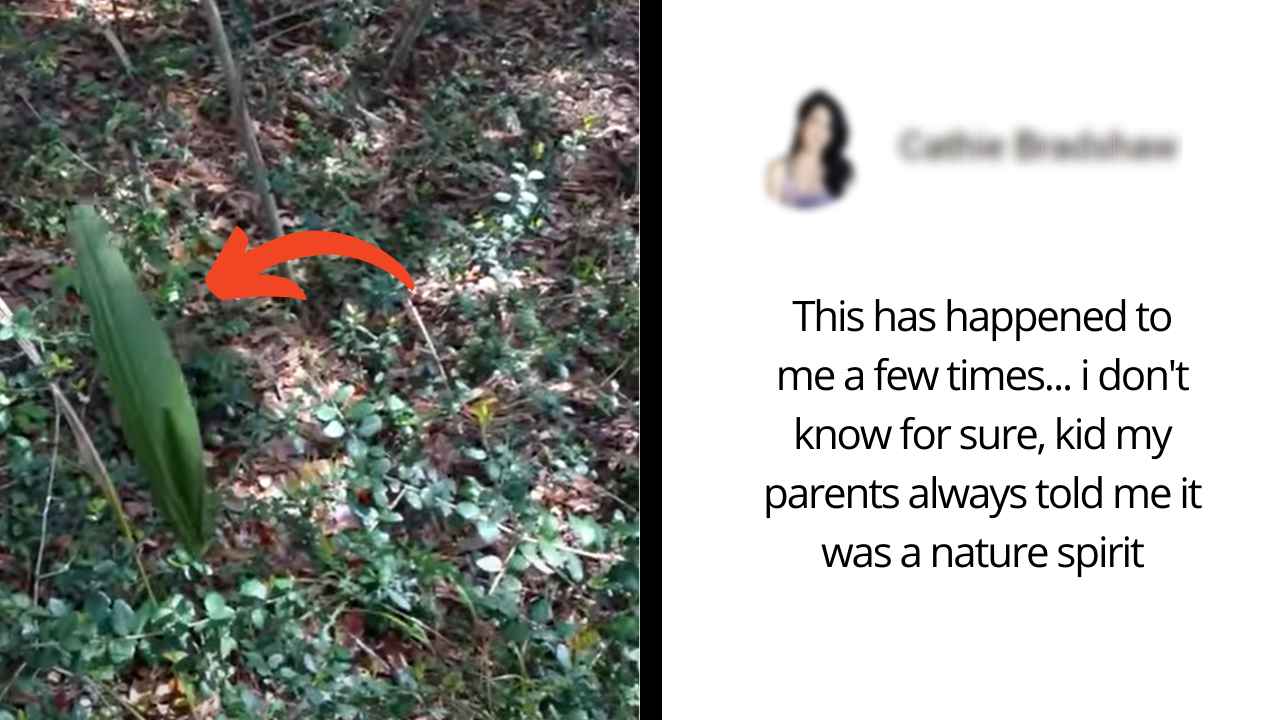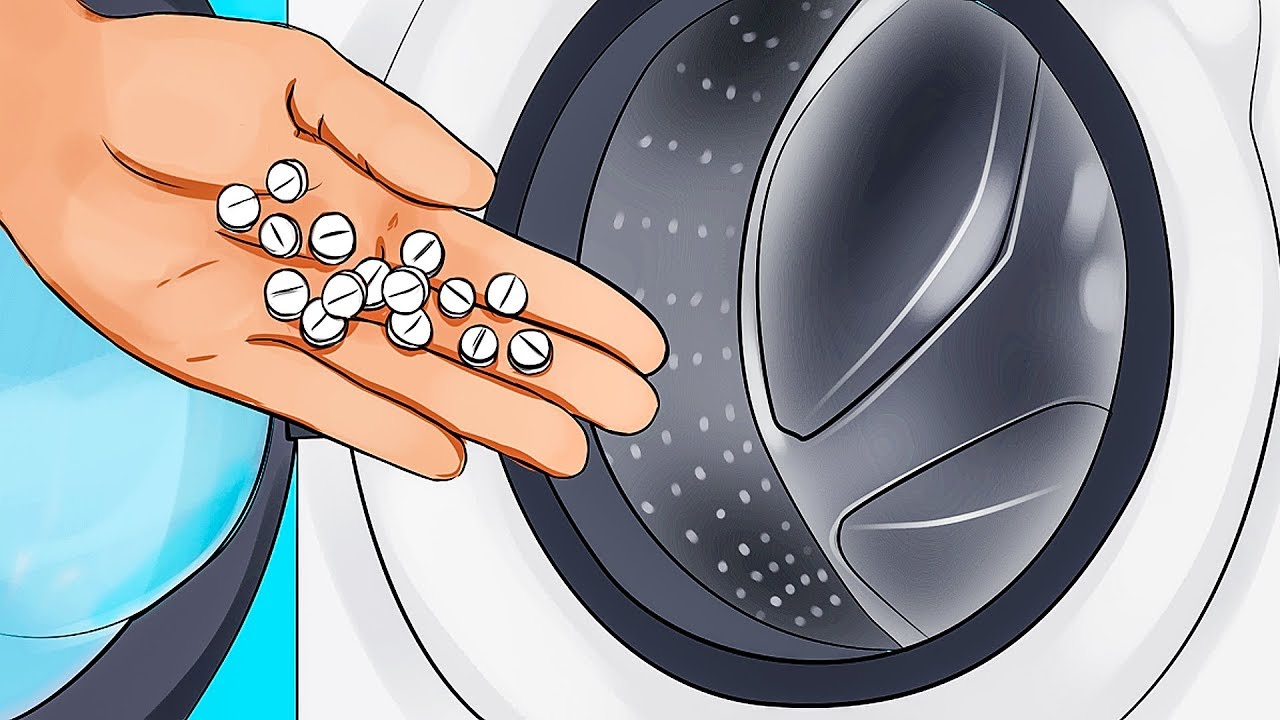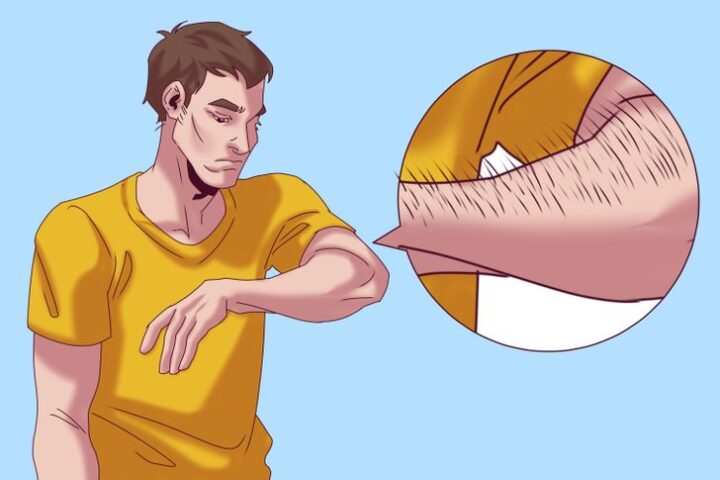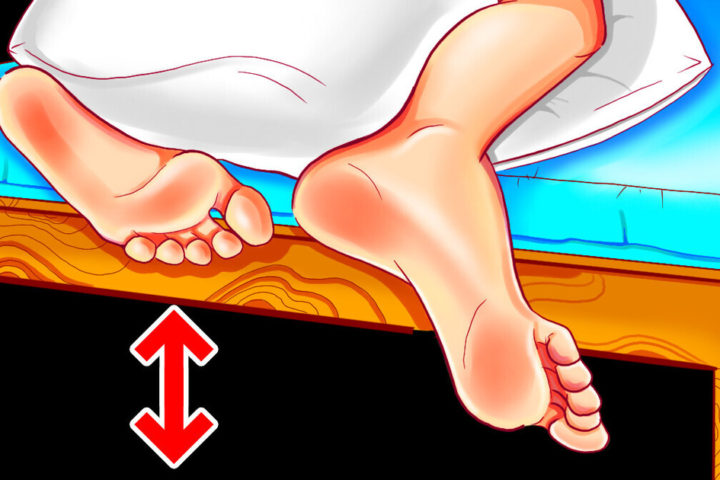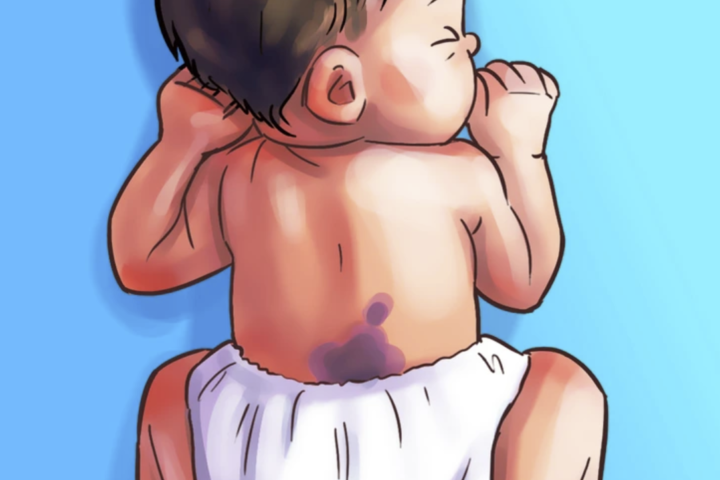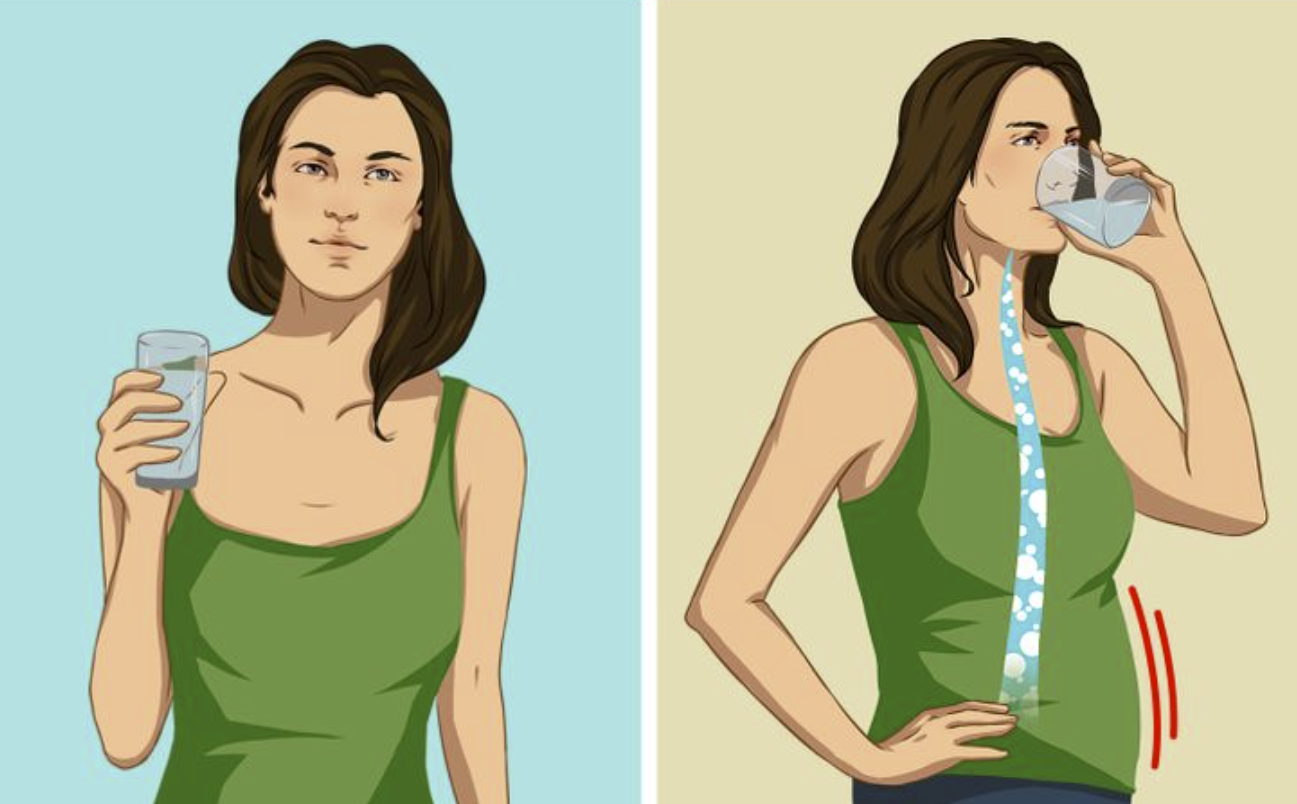This topic arises as many of us were so curious about how and why our room gets so dusty when nobody was there. Some college students were surprised that suddenly their dorms turned into a shipwreck and found a lot of dust particles after not being home for one whole week.
All the clothes that they hang got so many dust particles all over it. Their bed, sofa and carpet was covered in dust too. They were confused about how all these lint particles enter their room and where they come from.
This article will answer your curiousity regarding this topic. All your questions and the mystery behind this will be exposed and broken down into pieces. Firstly, let’s start by knowing what dust really is.
What is Dust?
Dust is formed when microscopic particles of material come into contact with each other. Even though dusts are really tiny, they are visible enough to the eye. Additionally, they are really light that they could be carried easily by the wind.
Dusts could be made of literally anything. Dusts are actually made of particles like pollen, smoke, salt crystals that came from the ocean, bacteria, ash, and tiny bits of dirt or rock (this includes sand). Moreover, it could also consist of tiny fragments of human and animal skin cells, hair, and pollution.
Where Does Dust Come From?
Studies were done by several scientists in Arizona that shows 60% of dusts you found inside the house comes from the outside environment. Technically, whenever you open your windows, doors, and your garage, that dust comes inside.
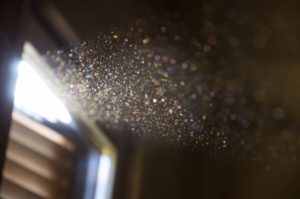
This 60 percent of dust is particles of air that have evaporated from rain and from the weather. Furthermore, this also includes leaves that have fallen and kicks up dust. All this nasty stuff enters your house.
Another 40 percent of the dust particles came from the things inside your house. For example, when you step inside the house with your shoes on. Those dust particles you brought in, stayed inside the house. Also, the particles that are attached to your clothing. Or perhaps particles that come from the fibre in your carpets, bedding, linens, and etc.
All of this dust will be circulating around the house when you turn on your air conditioner. The reason behind this is that it throws out all the air for heating, and then cooling. This is generally called the HVAC system, which stands for Heating, Venting, and Air Conditioning.
How Does it Affect You on Your Daily Basis?
Truthfully, this is such a serious trouble for those of you who are suffering from dust allergy. You might want to understand more about this topic in order to get rid of this endless amount of dusts that gathers inside your house.
For those who are lucky that dust doesn’t cause you to have any allergic reaction, knowing the existence of dust deteriorates the air quality of your house. Furthermore, the components found in dust particles could affect both your lungs and overall health.
The amount of dusts that enter your house depends on several factors. These several factors include the season, where you live, the age of your house, how many people living inside your house, whether you keep pets, and the way you clean your house.
The Hidden Places Where Dust Usually Gathers
By strolling around your house, you are able to reveal the obvious spots/places where dust accumulates. As a matter of fact, most surfaces are usually covered by a thin layer of dust. It may not be visible to the eye but you know that it is there.
Luckily, dusts that accumulate in common places are less likely to be a problem as you clean that area frequently. Therefore, the important thing here is to clean these hidden places as it is the most commonplace where dust usually gathers. Once again, this won’t be pleasing to your house and overall health.
Remember to watch over your electronics as dusts are usually collected behind your televisions, laptops, air conditioners, and your video game consoles. Remind yourself to clean anything that operates electrically regularly.
Moreover, high surfaces like the top of your doors, windows, and cabinets need to be cleaned regularly too. These places might be out of your sight but it is highly important to clean these areas. Pay attention to your carpets and your baseboards as pollen, dirt and other contaminants are attached and distributed all over your floor.
There are more places that need to be marked and paid attention to. Keep in mind to clean your house regularly and not ignore the tiny unnoticeable spots of your home.
How to Clean and Get Rid of the Dust?
It may be nearly impossible for you to completely get rid of all the dust inside your house, but, it is very possible for you to minimize and eliminate most of it. There are several ways and tips that you can do to clean and get rid of the dust inside your house.
When you are cleaning and wiping off the dusts, you need to use a wet cloth. The reason behind this is to prevent dust from flowing back into the air, the purpose of using damp cloth is to settle it down.
When you are cleaning, clean it from the top to the bottom to remove the dust thoroughly. Why? Because the dust in higher places will usually settle in the areas that you have cleaned earlier.
Additionally, you need to change your bedding regularly too as dust mites, pet dander and dead skins are usually collected on your bed. Therefore, changing and cleaning your bed regularly will minimize the amount of pollutants inside your house.
There are actually more ways that you can use to cut down the amount of pollutants inside your home. But these are rthe simple easy ways that you can apply to the daily basis.
Bottom Line
You need to be fully aware that dust can be really dangerous for your health. As you breathe in, those dust particles are easily trapped inside your nose.
Furthermore, they could also penetrate to your lungs. If they are ultrafin dust particles, they could easily enter your cloodstream. Remember that living in a clean environment will help you in maintaining your health.
Hope that you will find this article useful and helpful for those of you who are having difficulties in dealing with these lint particles.

